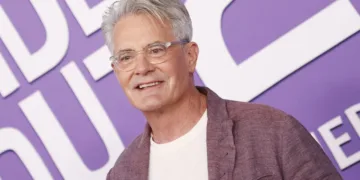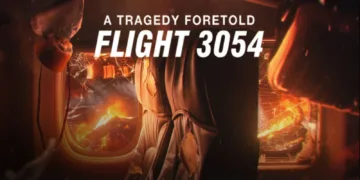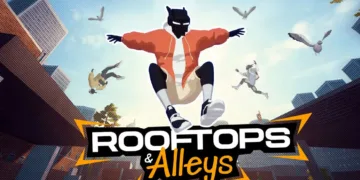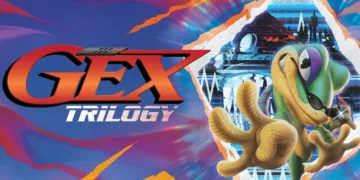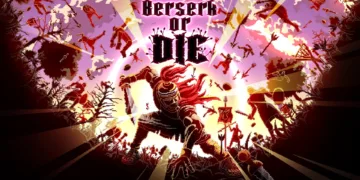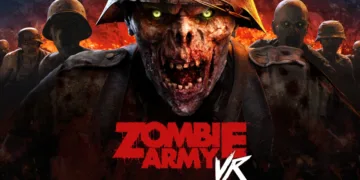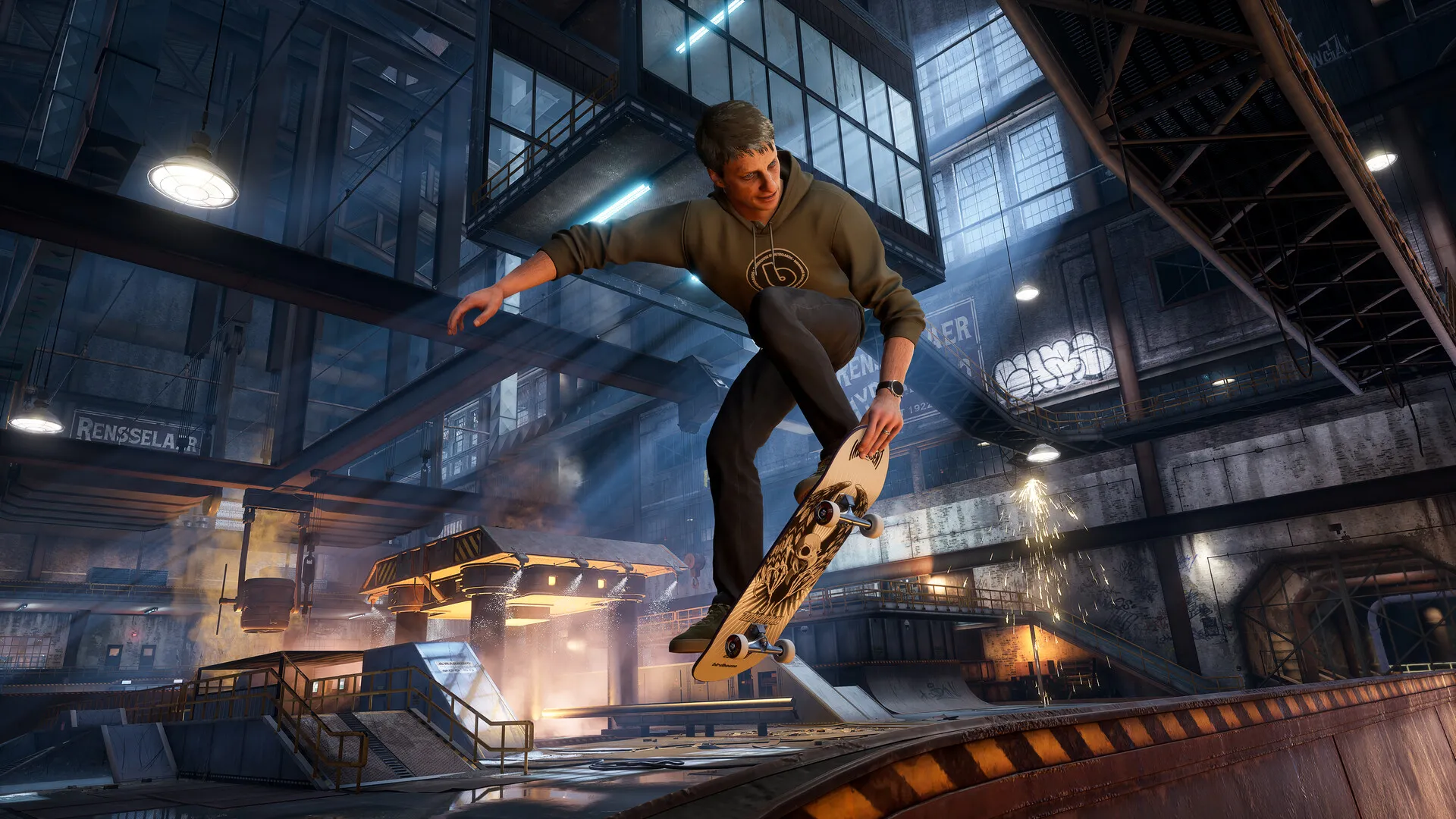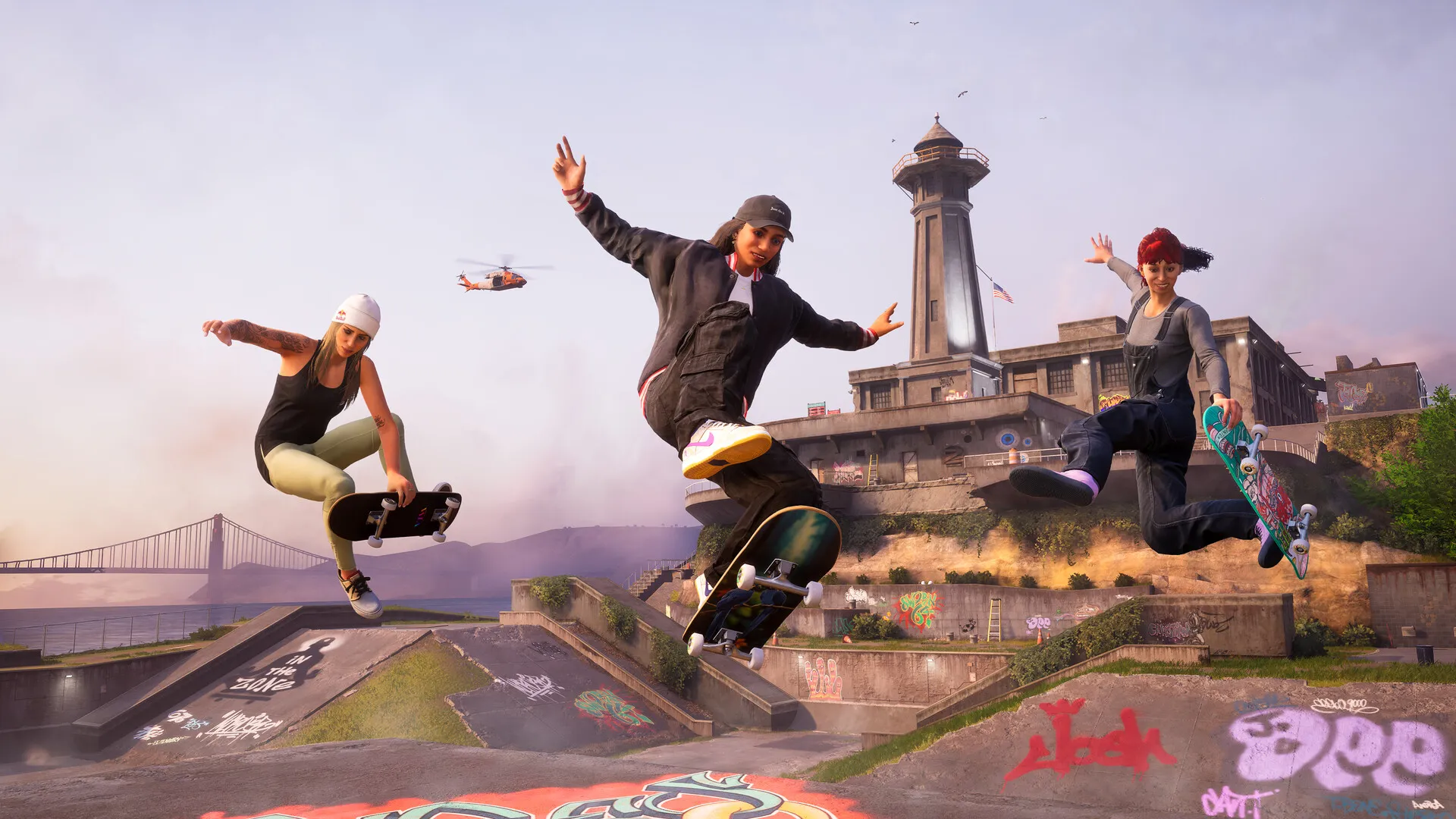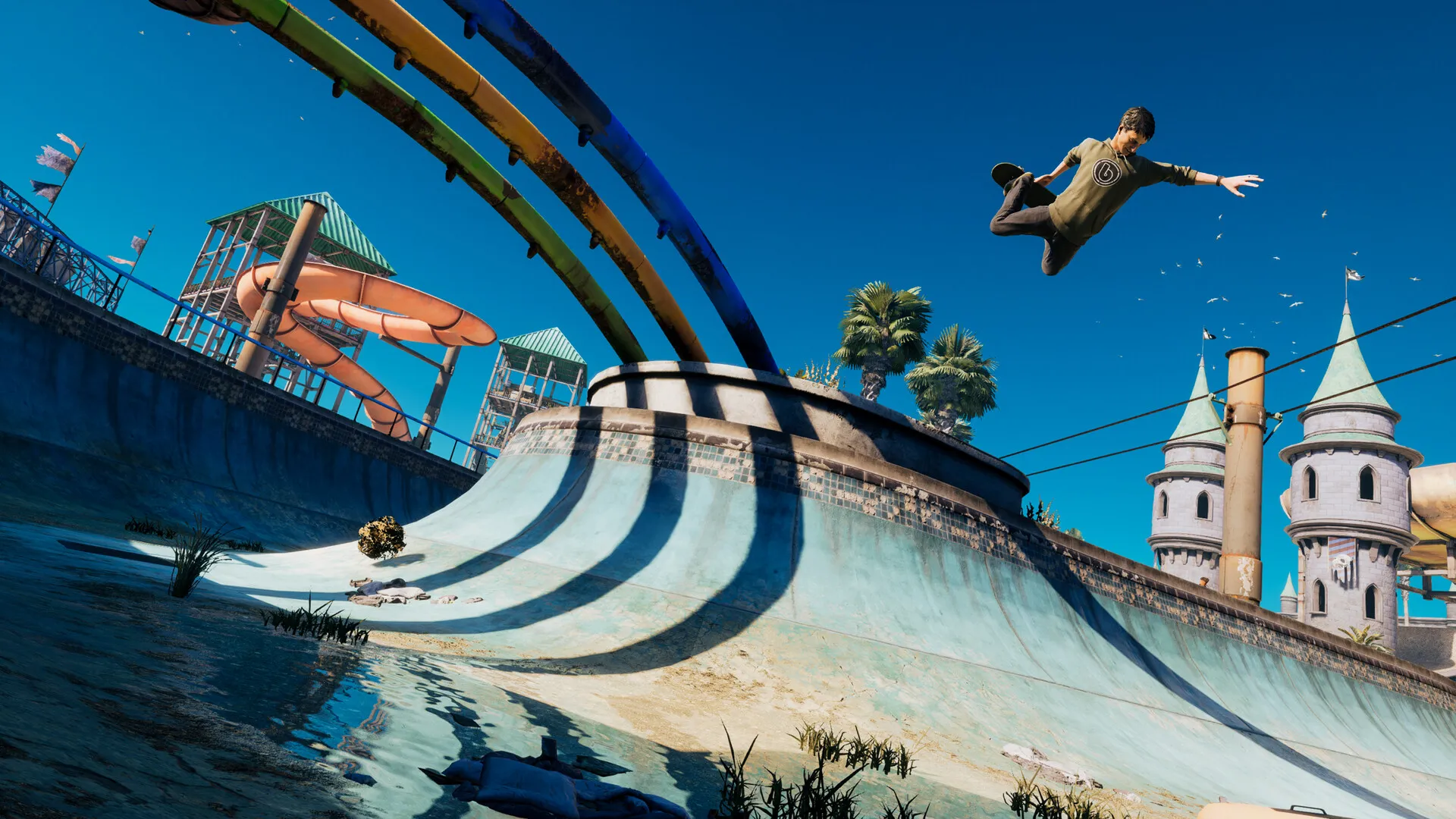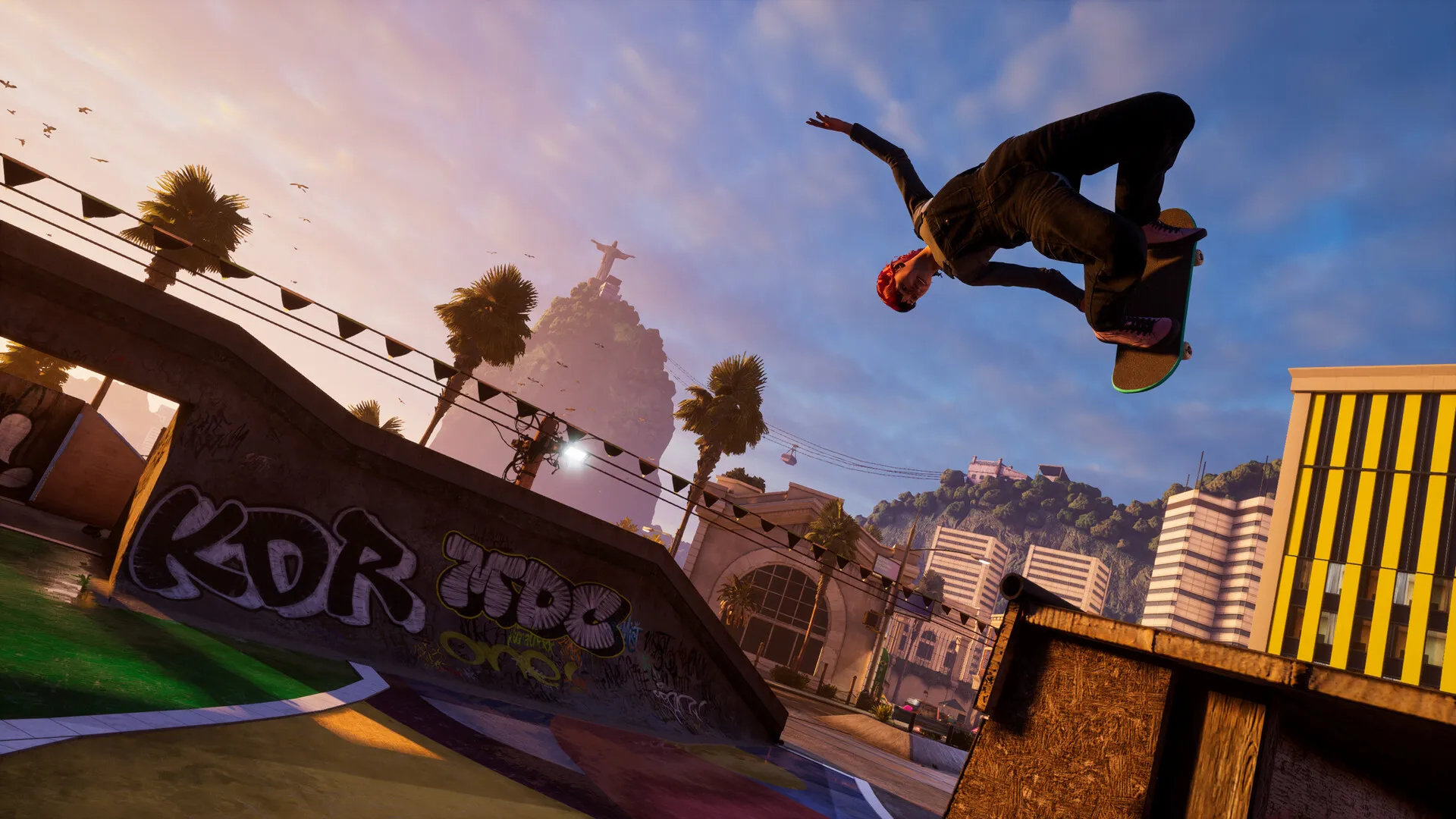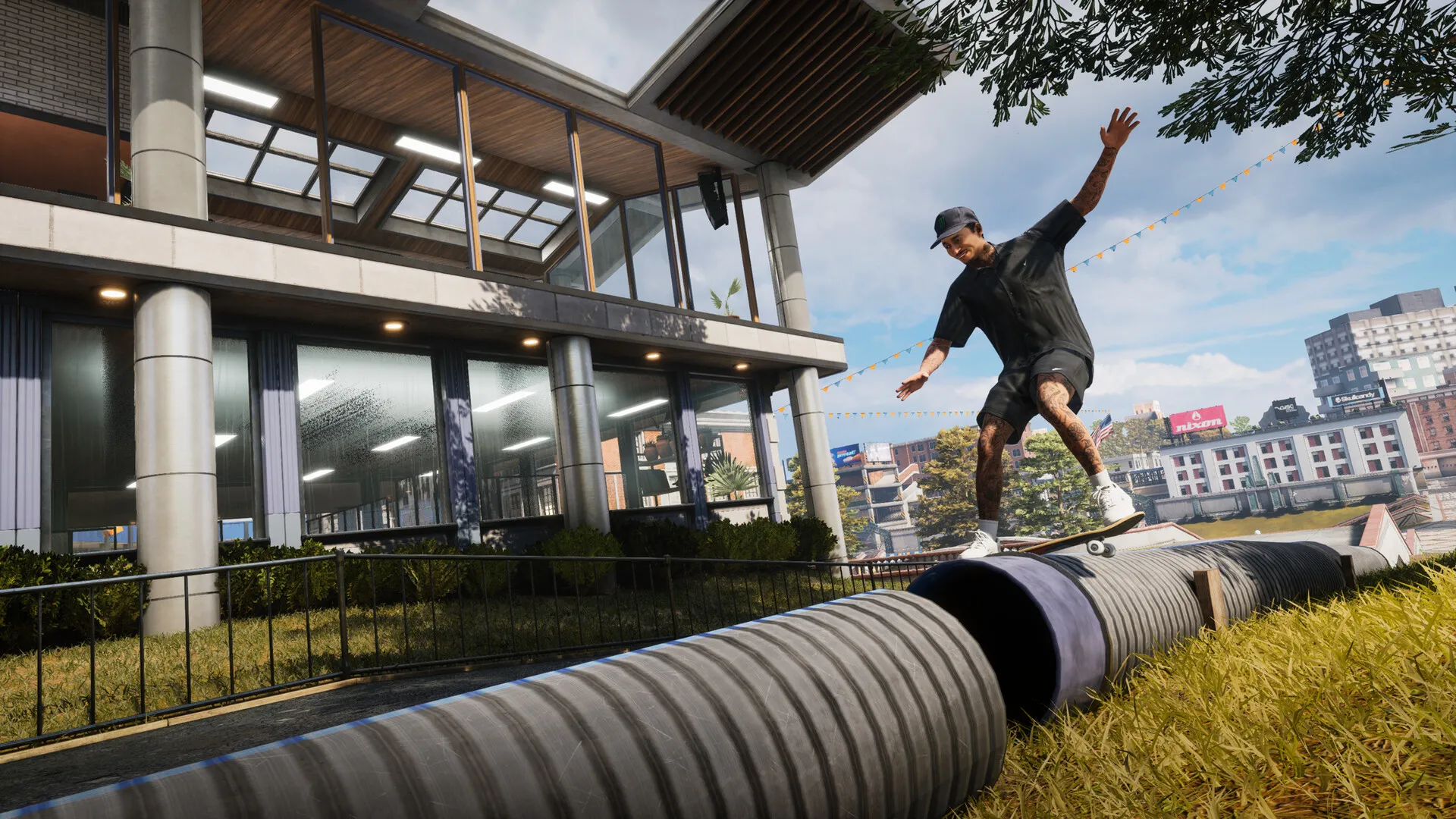There’s a distinct texture to the memories of the early 2000s, a kind of vibrant, sun-bleached energy that feels perfectly captured by the whir of polyurethane wheels on pavement. After the brilliant success of the Tony Hawk’s Pro Skater 1 + 2 remake showed us it was possible to go home again, the series returns with Tony Hawk’s Pro Skater 3 + 4. This time, the project is helmed by developer Iron Galaxy, tasked with reviving two of the franchise’s most acclaimed chapters.
The immediate appeal is undeniable; the fast-paced, score-chasing, combo-linking gameplay feels as intuitive and absorbing as ever, now presented with a crisp modern finish. But this package is not a simple, uniform act of preservation. It quickly becomes clear that this is a tale of two distinct creative philosophies.
One game is treated as a careful restoration, while the other is subjected to a fundamental reinterpretation of its structure and pacing. It immediately poses a fascinating question: when we revisit a classic, are we looking for a perfect recreation of a memory, or the feeling that memory gave us?
The Kinetic Poetry of the Combo
At its foundation, the genius of Tony Hawk’s Pro Skater is in its rhythm. It’s a language spoken through button presses, a kind of kinetic poetry where a kickflip flows into a grind, which links to a manual, and then launches from a half-pipe into a dizzying special move. This remake understands that language perfectly.
The refined mechanics from the 1+2 package return, making the series-defining Revert feel like it was always there, serving as the crucial bridge that turns a good combo into a masterpiece of continuous motion.
The controls have that magical quality of being immediately familiar, the muscle memory from decades ago firing on all cylinders, yet they remain simple enough for anyone to pick up and play. It achieves that sought-after flow state where the player and character move as one.
This feeling is amplified by a pristine technical presentation. The performance is flawlessly smooth, a non-negotiable requirement for a game where a single dropped frame can shatter a two-minute-long combo.
But the visual overhaul does more than just modernize; it deepens the atmosphere. The levels are not just sharper, they are reimagined with lighting and detail that give familiar places a new sense of presence. The sparks in the Foundry feel hotter, the sunsets in San Francisco more beautiful.
This conversation between past and present is most apparent on the character select screen. The roster is a living document of skateboarding history, placing legends like Elissa Steamer alongside the sport’s new wave of phenoms like Chloe Covell and Rayssa Leal. It’s a silent narrative of evolution.
With a unified system for customizing your own skater, you are invited to create your own place within that history. The game’s core loop feels so perfectly preserved and presented, a testament to a timeless design. It makes you wonder if this mechanical perfection is the only truth that matters.
On Faithful and Faithless Adaptations
This is where the package reveals its dual nature, presenting two very different philosophies on how to remake a classic. It’s less a single product and more a diptych, a side-by-side comparison of restoration versus reimagining. The result is a fascinating, if sometimes jarring, experience that speaks volumes about the challenges of reviving interactive art.
The half dedicated to Tony Hawk’s Pro Skater 3 is treated with the reverence of a meticulous film restoration. Levels like the industrial Foundry or the sprawling Airport are not just maps; they are iconic action stages, and they reappear here with their brilliant layouts and trick lines perfectly preserved.
The pacing is dictated by the classic two-minute timer, a brilliant constraint that forces creativity and precision in every run. Iron Galaxy even adds new C-O-M-B-O letter challenges, a smart addition that respects the original design while offering a fresh test of skill.
There are some minor curiosities, like the unified career mode that removes the original’s distinct goals for street or vert skaters. And some changes, like a new, unexplained objective on the Cruise Ship, feel like an odd continuity error in an otherwise flawless print. But these are small notes; the soul of THPS 3 is here, intact and vibrant.
In contrast, the treatment of Tony Hawk’s Pro Skater 4 feels like a radical re-edit. The original game was a pivotal moment, the series’ first real step into open-ended level design and environmental storytelling—the direct ancestor of the beloved Underground saga.
This remake excises that entire structure. The free-roaming exploration and quirky, character-driven missions are gone, with every level surgically retrofitted into the two-minute format of its predecessor. The consequence is a profound loss of personality. You no longer interact with a stressed-out college student or a paranoid bum; you just collect floating objects.
The Zoo level is the most poignant example: once a lively space filled with animals and goofy objectives, it’s now an abandoned, sterile competition park. The architecture remains, but the narrative that gave it life is gone. It plays wonderfully, but it feels like a ghost, a series of beautiful sets from a film whose script has been completely discarded.
Architectures of Fun
While the handling of THPS 4’s original structure is debatable, the new levels added to its campaign are an unqualified success. It is here that developer Iron Galaxy moves from interpreter to author, and their fluency in the series’ design language is remarkable. Each of the three new arenas feels less like an addition and more like a location that should have existed all along.
The abandoned Waterpark is a skater’s fantasy, a concrete landscape of empty pools and winding slides that perfectly captures the subculture’s knack for transforming urban decay into a kinetic playground. The Movie Studio is a brilliant, self-aware space, a collection of artificial sets and props that leans into the series’ cinematic flair for slapstick and spectacle.
Finally, the Pinball map ditches reality entirely for a surreal, gimmick-heavy tribute to the franchise’s arcade heart, reminiscent of past fantasy levels like Skate Heaven. These are not just functional maps; they are imaginative spaces that understand what makes a Tony Hawk level feel special.
Of course, their inclusion comes at a cost. Purists will note the absence of two original maps, Chicago and Carnival. This isn’t just an omission; it’s a creative trade. The developers have swapped a piece of the original’s identity for a chance to contribute their own voice to the project. It shifts the remake’s purpose from pure preservation to a creative dialogue between the past and the present.
Rescoring a Classic
If a game’s mechanics are its skeleton and its levels are the body, then its soundtrack is the heartbeat. For the Tony Hawk’s Pro Skater series, this was never just a playlist; it was the cultural engine, a perfectly curated blast of punk, metal, and hip-hop that defined the attitude of an era.
The music was as vital to the identity of these games as the kickflip. This makes the soundtrack philosophy in this remake one of its most baffling and jarring decisions, especially when compared to the careful preservation of the gameplay.
Let’s be direct: the original score has been gutted. Out of a combined 55 licensed songs from the original THPS 3 and 4, a mere 10 return. That is a staggering loss, erasing roughly 80% of the game’s original sonic identity. The absence of iconic tracks from bands like The Ramones, Public Enemy, The Offspring, and N.W.A. creates a profound atmospheric void.
While some of the new additions are genuinely great, they cannot replace the specific texture of the originals. It’s like watching a beloved movie from your youth with a completely different score; the images are familiar, but the emotional resonance is fundamentally altered.
The argument that one can simply mute the game and play their own music fundamentally misunderstands the role of a curated soundtrack. The original music was woven into the fabric of the experience, its energy inseparable from the on-screen action.
This decision, a stark departure from the far more faithful approach in THPS 1+2, makes the game feel oddly silent, even when music is playing. It creates a strange paradox where the physical memory of play is honored, but the auditory memory is almost completely ignored.
Authorship and Aftermath
Beyond the core campaign, the game meaningfully expands its social and creative toolsets, transforming it from a static piece of nostalgia into a living platform. The evolution of Create-A-Park is central to this. While building skateparks was engaging in the last remake, the ability to now add custom goals is a paradigm shift.
It elevates the player from architect to level designer, from building a set to directing the scene that takes place there. Placing S-K-A-T-E letters, combo lines, and objectives gives user-created parks a sense of purpose and narrative, ensuring the community content will have a much longer and more interesting life.
This focus on inventive play extends to the multiplayer. While the classic score-chasing modes like Graffiti and Trick Attack are as enjoyable as ever, the new HAWK mode is a brilliant addition. A clever game of hide-and-seek where players place and hunt for letters, it trades pure mechanical skill for map knowledge and cunning. It’s a more strategic and cerebral contest that nicely complements the twitch-based intensity of the other modes.
The game’s own long-term progression, however, is strangely sequenced. A new Pro Goals system offers a welcome tier of difficult challenges for experts to master after the credits roll. But the final reward for completing everything is the “Solo Tour,” a mode that recreates the original, character-specific career of THPS 3. Locking this authentic piece of the original experience behind dozens of hours of play is a baffling structural choice. It’s like being forced to read the appendix of a novel before you’re allowed to read the first chapter.
An Imperfect Echo
There is no question that the moment-to-moment act of skating in this package feels sublime. The core mechanics are a masterclass in design, the recreation of Tony Hawk’s Pro Skater 3 is handled with impressive care, and the new levels and creation tools are inspired additions.
On gameplay alone, it is an easy recommendation. Yet this collection is haunted by the ghosts of what it chose to leave behind. The decision to strip THPS 4 of its unique, narrative-driven structure and the erasure of the iconic soundtrack are not small flaws; they are fundamental alterations that change the character of the experience.
The result is a brilliant, mechanically perfected game that feels strangely incomplete, like a cherished film that has been beautifully restored but questionably re-edited. It ultimately leaves you to weigh what you value most in a revival: the perfection of a game’s physical form, or the complete preservation of its original spirit.
The Review
Tony Hawk's Pro Skater 3 + 4
Tony Hawk's Pro Skater 3 + 4 is a game of brilliant highs and baffling lows. The core skateboarding is mechanically flawless and the treatment of THPS 3 is superb. However, the decision to strip THPS 4 of its identity and discard the classic soundtrack are significant missteps that compromise the package. It’s a phenomenal skateboarding game, but an inconsistent and sometimes frustrating act of preservation.
PROS
- Flawless and deeply satisfying skateboarding mechanics.
- A beautiful and faithful restoration of Tony Hawk's Pro Skater 3.
- Excellent new levels that fit the series perfectly.
- Creation tools are meaningfully improved with custom goals.
CONS
- THPS 4's unique structure and personality are lost.
- The vast majority of the iconic original soundtrack is missing.
- Gating a classic career mode behind full completion is a strange choice.

















